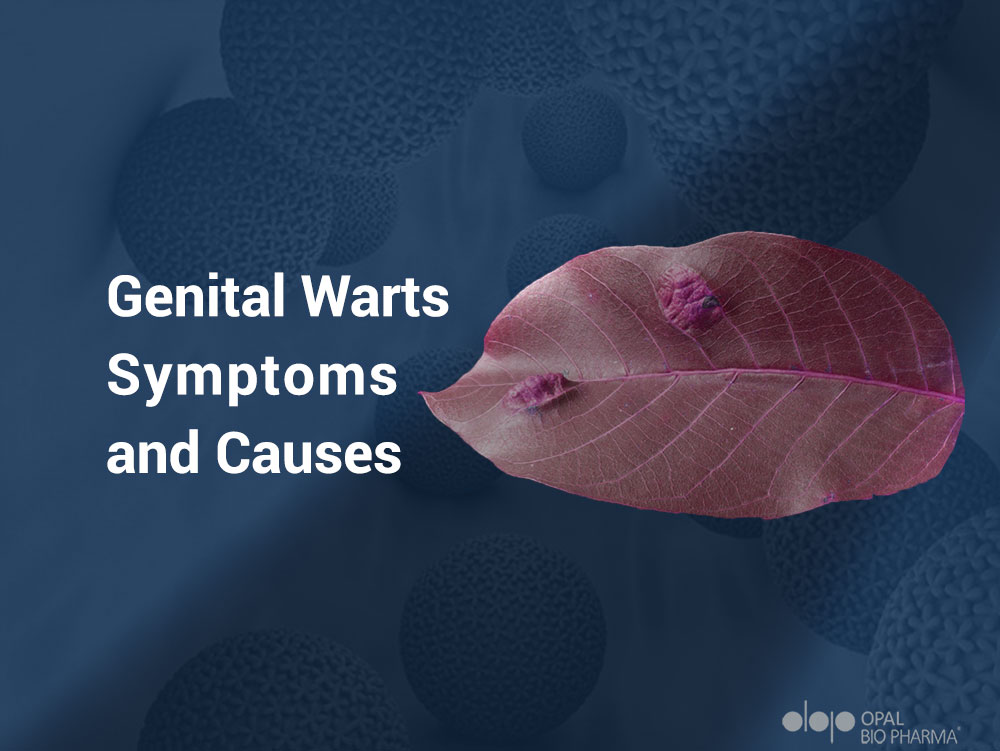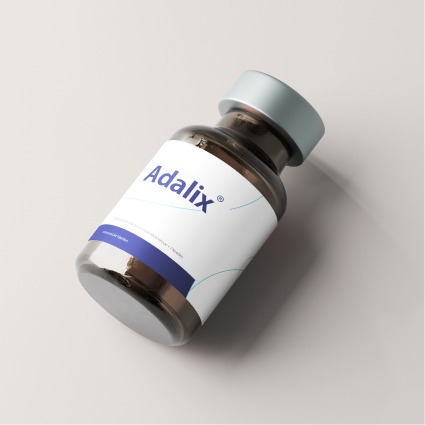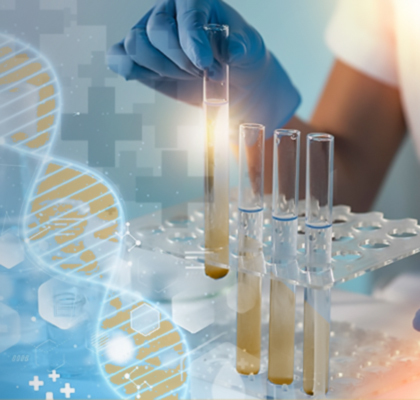The HPV vaccine is a key preventive measure against certain types of HPV strains responsible for causing genital warts, a common sexually transmitted infection. Though these warts do not arise from the strains that could lead to cancer, their presence can still cause physical discomfort and psychological distress. Moreover, they can complicate the diagnosis of other illnesses and elevate the risk of acquiring more STIs. Therefore, recognizing the symptoms of genital warts and seeking medical help if infection is suspected becomes crucial. The vaccine, typically administered in two or three doses over six months, is recommended for both boys and girls, starting from ages 11 or 12, but it’s also available as a catch-up for men and women through age 26. While the HPV vaccine does not cure existing infections, it significantly diminishes the risk of future ones. Remember, regular screenings are vital despite vaccination since the vaccine doesn’t offer protection against all HPV strains. Complementary measures such as practicing safe sex, maintaining a healthy lifestyle, and getting routine check-ups can further help mitigate the risk of HPV-related complications, including genital warts.
Genital Warts Causes
Skin-to-skin contact with an infected person, frequently during vaginal, anal, and oral sex, is how you contract genital warts. A penis doesn’t need to enter a vagina or anus to acquire genital warts; they can spread even if no one touches them. Although it’s less common, you can transfer them even if you don’t have any symptoms or prominent warts. During vaginal childbirth, genital warts can potentially be transmitted to the infant, but this is relatively uncommon. When experiencing symptoms, you are more prone to transmitting genital warts. Therefore, to help reduce the chance of transmitting genital warts to a partner, it is best to get checked and treated if you find a wart.
The Onset of Genital Warts
The incubation period for genital warts caused by HPV can vary widely, from weeks to months or even years after sexual contact with an infected individual. This variability makes it exceedingly challenging to identify the exact moment of contraction or the source of infection. Complicating matters further, one can be an asymptomatic carrier of the virus, exhibiting no emotional symptoms, yet still capable of transmitting the wart-causing HPV type to others, potentially causing genital warts to develop on their bodies.
Furthermore, the recurrence of warts can be unpredictable. In some cases, individuals may only experience a single episode of warts in their lifetime, which, once treated, may never reappear. However, for others, warts may recur, demanding repeated treatments. This inconsistency underscores the importance of regular medical screenings and practicing safe sex. Using condoms can lower the risk of transmission, but keep in mind that HPV can infect areas not covered by a condom. Even if warts are absent, HPV can still be present and transmissible. The HPV vaccine protects against the most common wart-causing types of HPV, significantly reducing the risk of developing genital warts. In summary, understanding the nature of HPV and genital warts, being vigilant about sexual health, and taking preventative measures is crucial to managing this common STI.
Symptoms of Genital Warts
Genital warts, typically resembling small, cauliflower-like bumps, can surface on the vulva, vagina, cervix, penis, scrotum, or anus. They can appear as skin-colored or whitish, single or multiple, and ranging from minute to large sizes. Despite their irregular presence, they infrequently cause pain, but occasional itching may occur. However, not every unusual growth in the genital area equates to warts. Numerous other conditions and common skin disorders may manifest similarly but are distinct. For instance, skin tags, molluscum contagiosum, pearly penile papules, and certain forms of herpes can mimic the appearance of genital warts. Consequently, self-diagnosis can lead to misinterpretations.
Therefore, if you observe any uncharacteristic bumps or growths in your genital area, it is vital to consult a healthcare professional. Doctors can accurately diagnose genital warts through visual inspection or additional tests if necessary. Early detection and appropriate treatment can mitigate complications, prevent the spread to other areas of your body, and reduce the risk of transmitting the infection to others.
Symptoms of Genital Warts in Women
In women, HPV-induced genital warts often present as tiny pimples or clusters of bumps in the vaginal area. They can appear on the cervix, within or around the anus, and inside or outside the vagina. These warts can be challenging to spot due to their diverse characteristics. They can range in size from tiny to large, be flesh-colored or slightly darker, exhibit a raised or flat surface, and have a smooth texture or a bumpy one, resembling cauliflower. The course of HPV warts in women can be unpredictable. They may spontaneously disappear, remain static, or grow in size or number. These warts usually don’t cause significant pain, but they can result in other symptoms. For example, women might experience abnormal vaginal discharge or a persistent itching sensation in the vaginal area. Given that these symptoms can also be associated with other conditions, you must consult a healthcare professional if you observe any changes. An accurate diagnosis will guide the best treatment approach and help prevent further complications or virus transmission.
Symptoms of Genital Warts in Men
Men with HPV-related genital warts will have little bumps or clusters of bumps on the tip or shaft of the penis, the scrotum, or the anus. The bumps aren’t always visible. Like in women, they can be flat or raised, flesh-colored or somewhat darker, little or large, and smooth or bumpy like cauliflower. Like women, Men’s genital warts caused by HPV may disappear, remain the same, or increase in size or quantity. They may itch, although they are typically painless.
Diagnosis of Genital Warts
Get checked out as soon as possible by a nurse or doctor if you suspect you have warts on or around your genital or anus. Other sexually transmitted diseases, such as herpes and syphilis, might resemble genital warts but require different treatments. Additionally, the bump you suspect to be a wart may be a mole, skin tag, pearly penile abscess, hemorrhage, or another skin problem. You don’t need to obtain a blood test; your doctor or nurse can frequently diagnose you by simply looking at the bumps. It can help to put your mind at ease once you check up. And the sooner you find out if you have genital warts, the better. You can discuss treatment choices with your doctor and discover ways to stop them from spreading to other people. Your doctor can diagnose external genital warts just by looking at them; however, they could also suggest a biopsy to be sure. Of course, Diagnoses for internal warts can be more difficult. To identify genital warts, doctors employ two tests. The first is a pelvic examination; as part of this, you might receive a Pap test to look for cervical alterations brought on by genital warts. Your clinician may also perform a colposcopy to check and biopsy your vagina and cervix. The second test is an anal examination, where your doctor uses an anoscope to examine for warts inside your anus.
How to get treated?
Due to your immune system’s ability to fight the virus that causes genital warts, they may disappear independently. They might, however, become more extensive, reproduce, or get painful. Because an active outbreak spreads more easily, removing genital warts decreases your chances of spreading the infection. Keep in mind that genital wart therapy is not a cure. You cannot be cured of HPV via genital wart removal therapy. You can still spread HPV even if there isn’t a current breakout and your warts have been eradicated. Genital warts can be removed in a variety of ways. To get rid of them, you might need to use several treatments. You should avoid sexual interaction while undergoing treatment. One of these techniques may be employed by your medical professional to treat genital warts: Electrocautery, Freezing, Laser treatment Loop electrosurgical excision procedure (LEEP), Topical (skin) medicine, and surgery.
- Electrocautery: Warts are removed by electrocautery using an electric current.
- Freezing: Warts are frozen and destroyed during cryotherapy by your healthcare professional’s application of liquid nitrogen.
- Laser treatment: The microscopic blood vessels inside warts are destroyed by laser light, cutting off the warts’ blood supply.
- Loop electrosurgical excision procedure (LEEP): With LEEP, your doctor removes warts using an electrically charged wire loop. Your doctor could employ this technique to get rid of cervix warts.
- Topical (skin) medicine: The warts are treated with a prescription chemical solution or ointment once every week for a few weeks. Blood flow is stopped under warts by the chemical’s formation of blisters.
- Surgery: If a wart is huge or doesn’t respond to other treatments, your doctor may remove it surgically.
How to Prevent?
Sexually active people can take the following actions to prevent contracting or transmitting STIs such as genital warts, HPV, and others:
- Employ dental dams or condoms.
- Acquire the HPV vaccine.
- Receive regular STI testing and any required STI treatment.
- Inform your sexual partners of genital warts or HPV so they can be checked and treated.
- Limit your number of sexual partners.
Vaccination
Certain HPV strains that result in genital warts and some cancers are preventable with the HPV vaccine. HPV comes in almost 100 distinct varieties. Even if you are already infected with the HPV strain that causes genital warts, the vaccine may protect you from other strains. Medical professionals advise vaccination against HPV for individuals up to 45. To determine if you qualify for the HPV vaccine, consult your healthcare practitioner. The FDA has approved three HPV vaccines: Cervarix, Gardasil 9, and Gardasil. All of the mentioned vaccines have several advantages, which explains why they are accepted and used widely for HPV prevention in different countries worldwide. However, although being widely available in most wealthy countries, these vaccinations have the downside of being relatively expensive in developing countries. This suggests that only the general public can access these well-known and valuable vaccines. However, OBP’s products and services are available to developing countries. This company has begun developing biosimilar variations of some of the world’s most well-known and popular immunizations, including Cervarix, which guards against HPV disease. Developing countries can benefit from this improved method because OBP products are far less expensive than the original vaccine samples.
Conclusion
In conclusion, genital warts are a widespread sexually transmitted infection caused by the Human Papillomavirus (HPV). They can appear on the genitals, anus, and rectum and spread through unprotected sexual contact. Symptoms of genital warts include bumps, itching, and burning around the genital area. While there is no cure for HPV, genital warts can be treated with medications or surgery. It is essential to practice safe sex, use condoms, and get tested regularly to reduce the risk of contracting or spreading genital warts. Furthermore, it is vital to be aware of any changes in the genital area and see a doctor if any symptoms occur. By knowing about genital warts, their symptoms, and their causes, individuals are better equipped to protect themselves and their partners.





